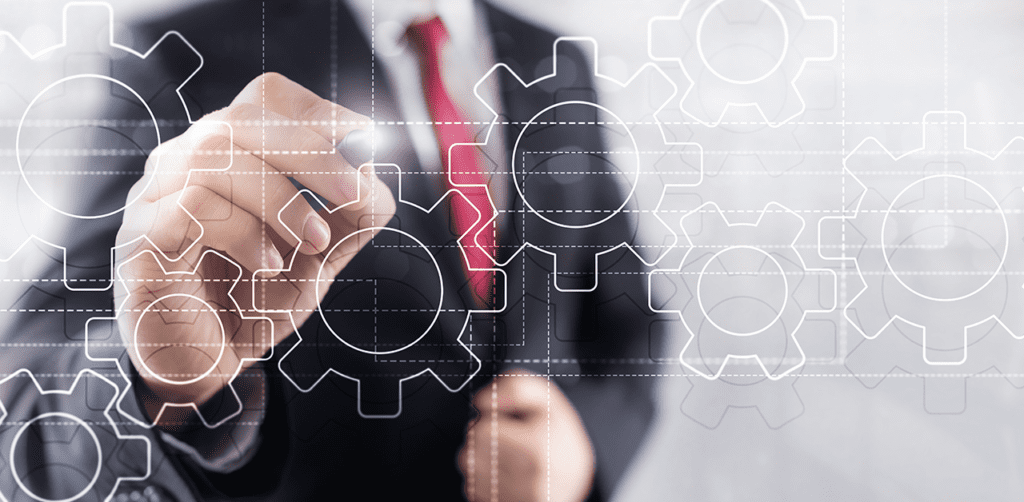When you are a sizable CPG company with several distinct product lines.
The items of your company are offered by a variety of merchants who target various customer groups with various viewpoints. By adapting to the changing needs of your customers and managing your supply chain operations to get your product onto the shelf just in time, you have done most things correctly. Shouldn’t more revenue growth and better profits be available for the taking?
There is a limited amount of shelf space. Additionally, the ever-increasing rivalry, small brand revival (small players gained 1.7 percent of the market, while large players saw their market share decrease by 0.7 percent), and different levels of product similarity pose a danger to their cumulative brand value. Here is where the majority of CPG companies have made significant investments in consumer and trade marketing. These expenditures amount to roughly $225 billion annually or 19.5 percent of all sales.
What is Trade Promotion?
Offering your distribution channel numerous incentives in the shape of reductions, promo demos, display racks, coupons, rebates, or other similar techniques to spur growth.
Trade promotion is used to achieve the following
- To increase the demand for products in retail stores
- To increase product visibility and brand awareness with consumers
- To increase the total sales of the product
- To strengthen the relationships with the retailers and introduce a new product in the retail stores
Most US trade promotions –according to Nielsen – don’t break even, while manufacturers now spend nearly 20 of their revenue on promotion, an increase over the last decade. The promotional lift has steadily declined since 2011, down almost 15 points in the last few years.
Key questions that these organizations are still trying to answer are –
- Retailer performance in a location for a specific time and for a specific product?
- Discounts, Displays, Features, Coupons — what should I apply and where?
- Effectiveness of my past trade promotion?
- Will it work again for a different product or a scenario?
- Will it get impacted if my competition ran a promotion at the same time?
Besides the demand for a robust approach to consistently measure all trade promotions, there is a pressing need to simplify results into actions for the trade planners. As customer needs and shopping behavior evolve, systems need to be in place that reacts to change while still enabling the bottom line. Here at Factspan, we have regularized a blend of backward-looking analytics and forward-looking forecasts to enable trade planners to proactively and reactively manage and optimize their mix of trade promotions with their distribution channels.
These are the key aspects to build a good Trade Promotion Solution–
Business – A clear understanding of the business strategies and the accompanying process will help you gain a better context around which the solution space can be designed. This will also help you create a meaningful segment to draw richer insights. It especially enables organizations to pursue contextual transformational journeys without putting the undue risk of making major changes and thereby, building a strong learning-based foundation.
Few questions to kickstart this journey,
- What are the firm’s goals?
- What are the pricing objectives?
- What is the current trade promotion management process and how would the optimization results be used?
Data – Quality sales data sits at the core of the accuracy of insights. There are a plethora of articles/blogs on using the right data to extract usable learnings. Certain organizations still use shipment data to measure trade promotions. You might derive some learning, but it may not be actionable. So, let’s save each other time and pick consumption data to start the measurement process.
Consumption data can be sourced from the retailers directly otherwise through syndicated data suppliers like Nielson of IRI. You would need 2-3 years’ worth of data to get a robust understanding. Building a driver model will further need a deeper study across the following. Specific treatments will be required based on the method and frequency of capturing the data.
- Pricing Attributes
- Total Average inventory value (AIV) price or Unit Price
- Promo Price – Offering a lower price temporarily to enhance the effectiveness of product sales efforts to cost-sensitive consumers
- Discounts offered
- Price Gaps with competitors
- Sequencing (Promotions lag) – To analyze pre and post-promotional weeks\’ sales
- Display Attributes
- Percentage of stores executing the display strategy for the specific product
- Comparison with competitor
- Display location – Front Aisle, Back Aisle, Grocery Aisle, Over counter, etc
- Number of Display facings
- Coupon Attributes
- Ad location – Front, Middle, Back, Wrap
- Bundle Partner – Ad block space with Competitors or other products
- Ad – Percentage number of times studied brand is featured in that week
- Other Factors
- Weather information
- Major Holidays and Events
- Seasonal Variations
Technique – Only 17 of consumer goods companies feel confident in their ability to use analytics for promotion decisions. This is where data scientists should be careful in choosing a technique that allows for accurate measurement as well as decomposition of the driver effects so that it can be consumed by businesses. A typical statistical model should be one that can
- Quantify the contribution of each of the trade promotion tactics/events
- Calculate the ROI or spend efficiencies
- Decompose the sales into the base and incremental components
Regression models are a good fit and there are a variety of regression models from multiple linear to an elastic net which can be deployed based on the expected driver effects. While multiple linear regression is the most common one, the expected multiplicative effect of the strategies might require you to build a log-log or semi-log model. In a scenario where the effects are expected to vary by markets or user-defined clusters, a mixed effects model can be of good use. If you observe high correlation across multiple trade activities and expect all to have a positive marginal effect, ridge or elastic net serves the best mainly due to their capability to handle high dimensional data and ability to provide group effects. Decision tree and artificial neural networks don’t work the best as it fails to provide a consistent marginal effect on sales attributed to each of the trade strategies.
Technology – If the above three will help you derive the right learning, technology in turn will drive consumption of these learnings. With today’s accelerated business cycles, business leaders are seeing the need to make real-time optimization adjustments and automation of the trade promotion management process. Choice of technology should enable the integration of appropriate analytics, systems, processes, and organizational capabilities. It should allow for continuous monitoring of trade performance KPIs through visual representation across the different information layers and flag pockets of opportunity. This will further drive more trade experiments to extract marginal learnings.
This approach has helped our partners get a clear understanding of the current performance and effectiveness of each of the strategies to drive efficiencies into their process.
If you have come this far (article/data-driven trade promotion), you would know that getting answers to the key questions posed by businesses is feasible through process-driven, highly contextual trade promotion analytics. But only useful once you start using them to take decisions in the organization instead of just validating business hypotheses. Businesses should focus on achieving incremental success in this journey, use it as strong feedback and build a learning culture in the organization. Leaders who don’t apply predictive measures to their business processes will risk failing to meet critical business strategies.










